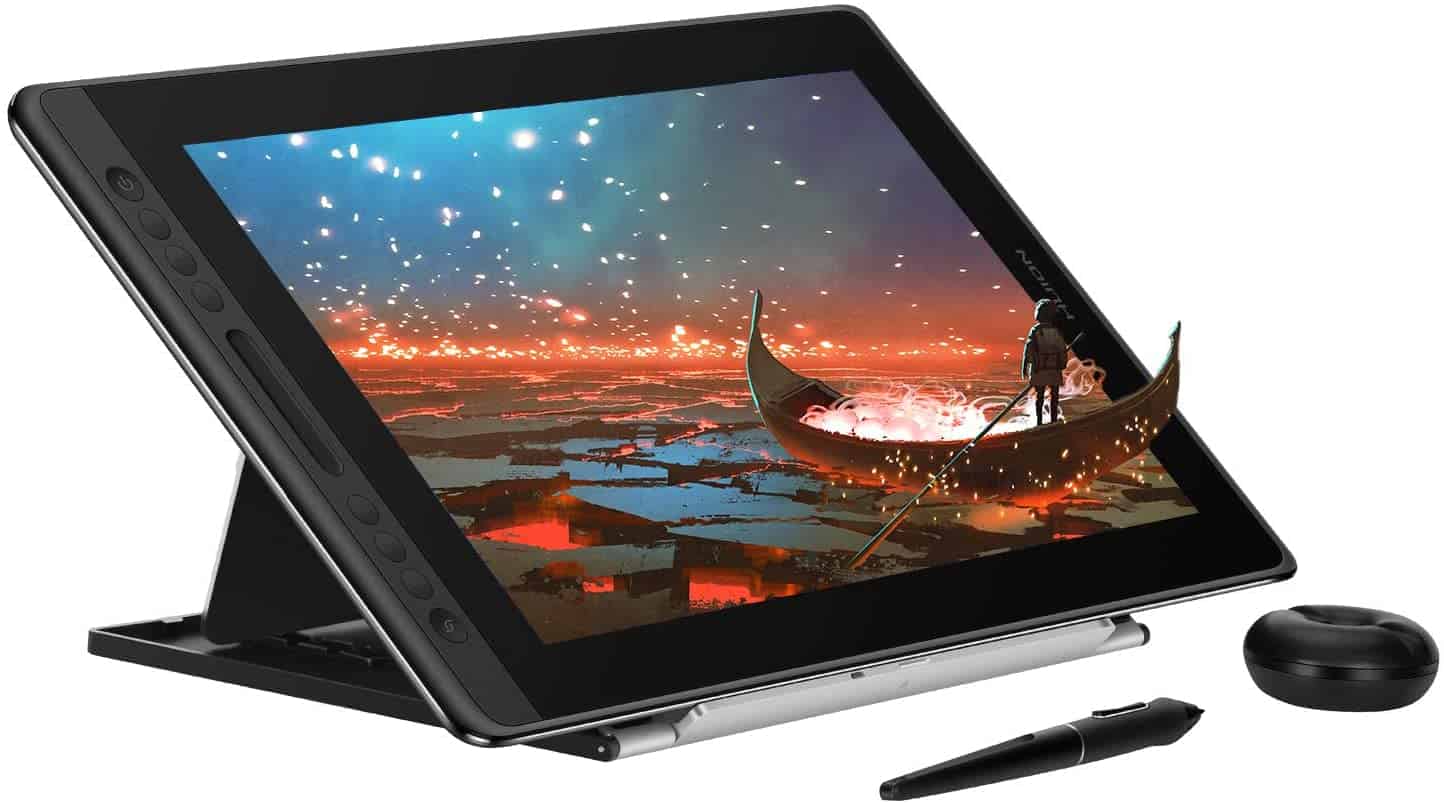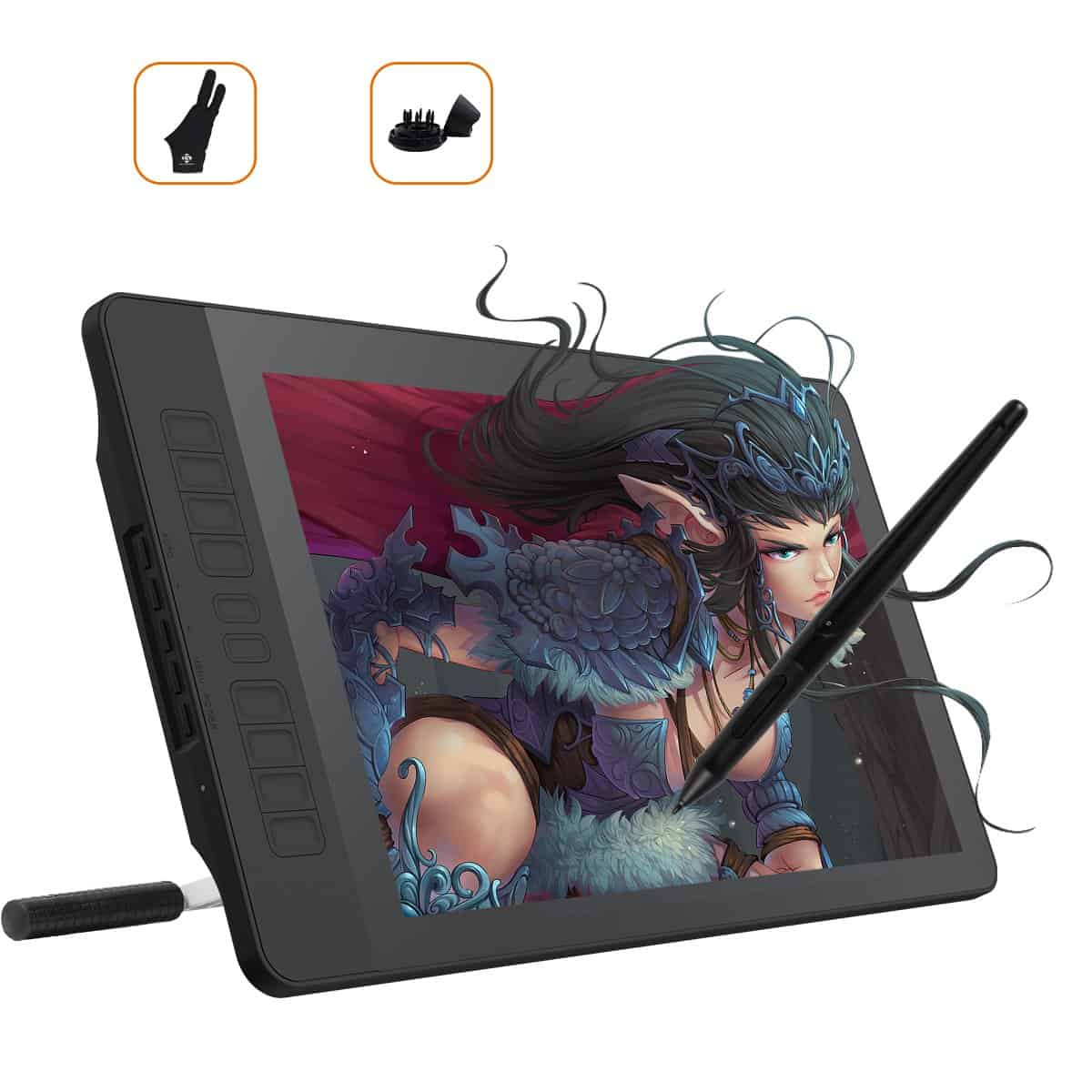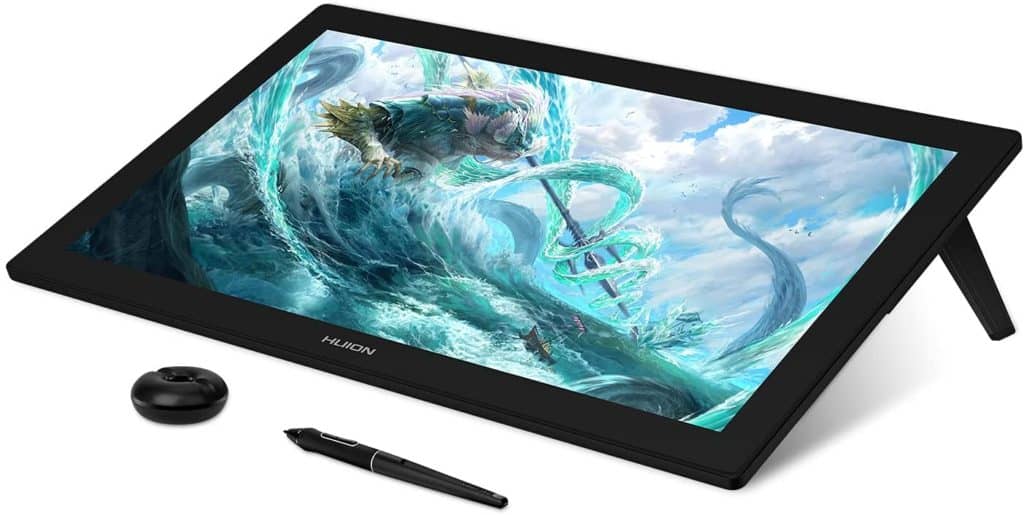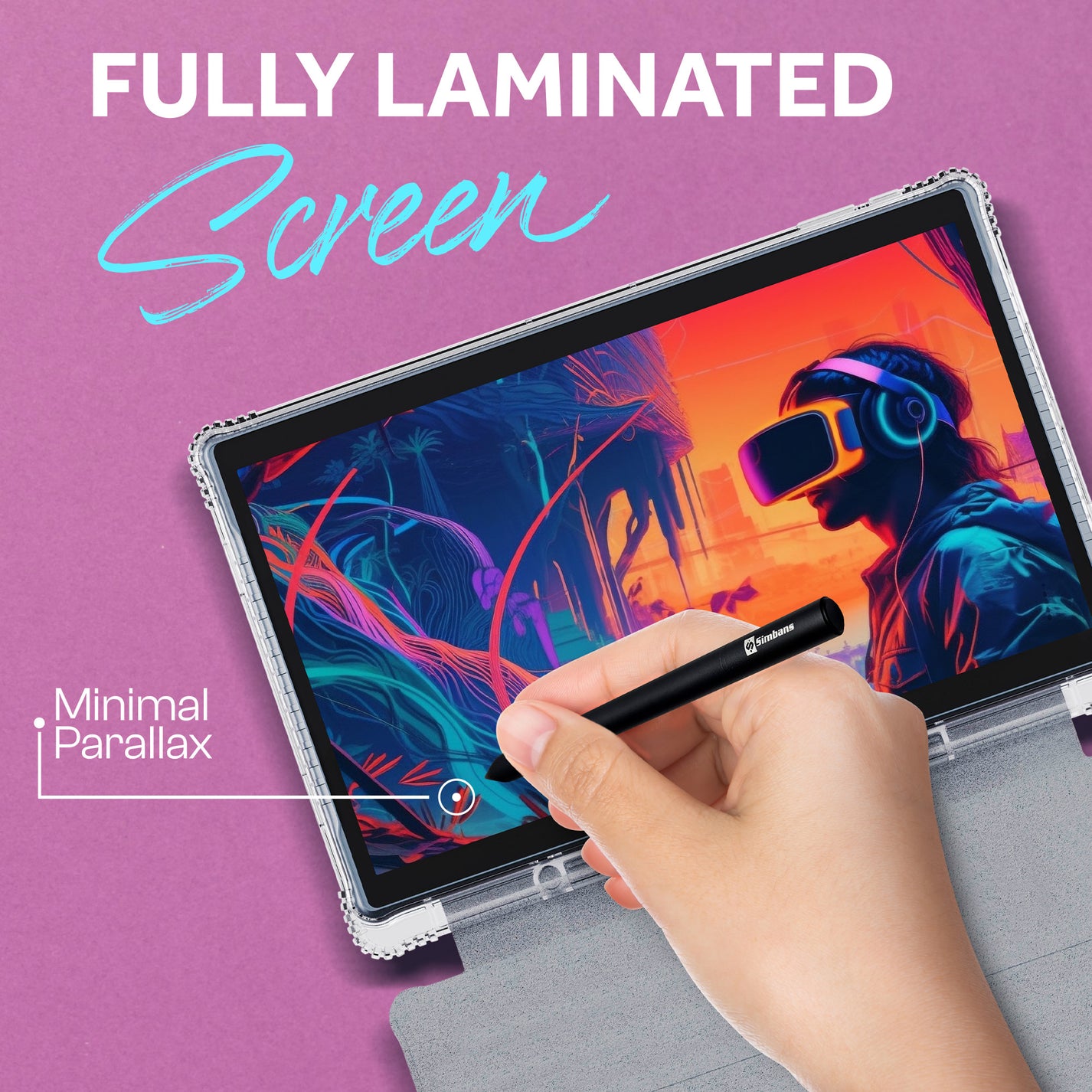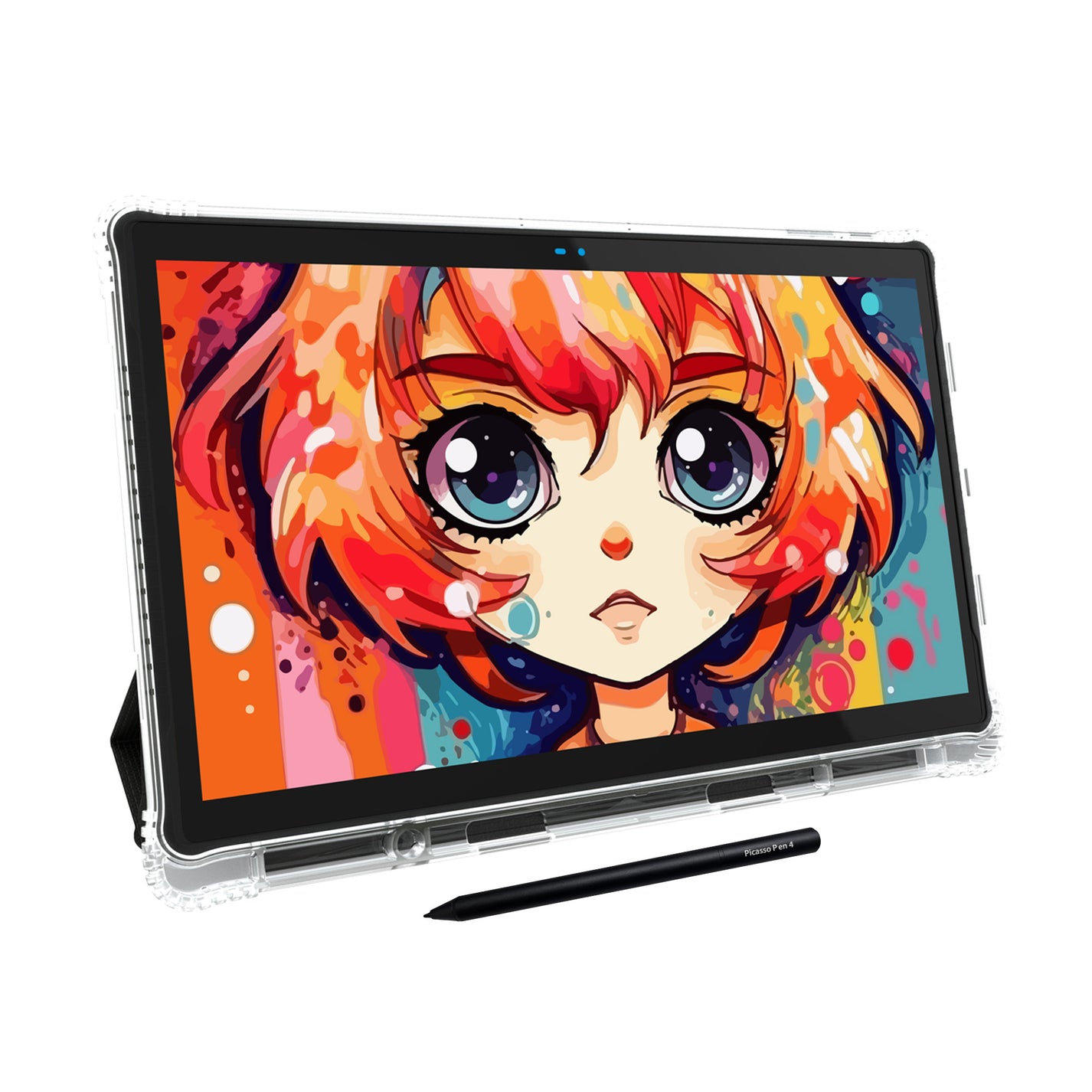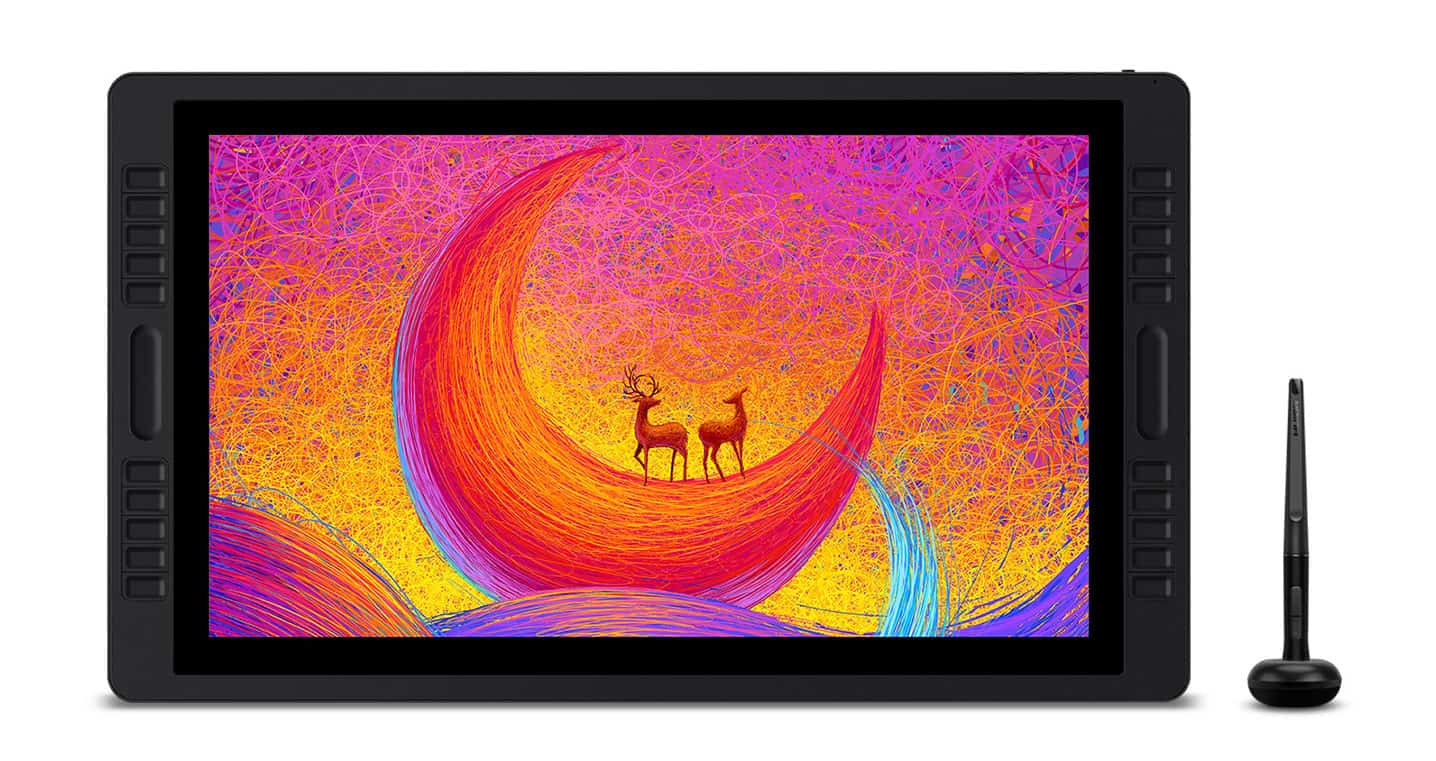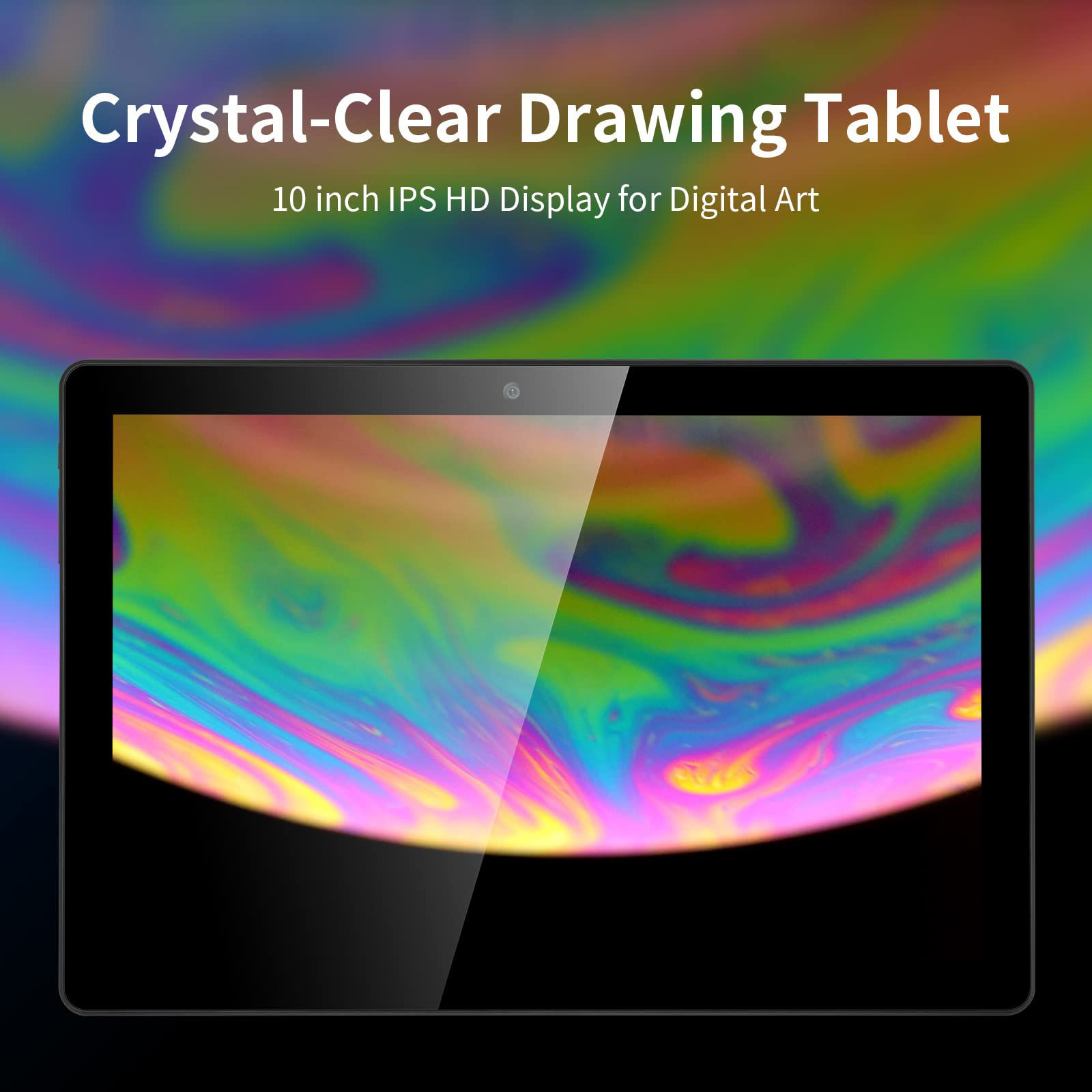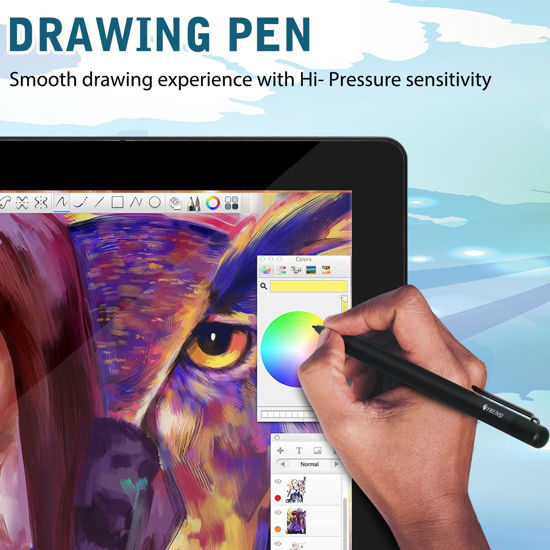Standalone Drawing Tablets With Screen

The digital art landscape is undergoing a radical shift as standalone drawing tablets with screens surge in popularity, empowering artists with unprecedented mobility and creative freedom.
These all-in-one devices eliminate the need for a separate computer, offering a streamlined workflow directly on the tablet's vibrant display, but what makes them so special?
The Rise of Untethered Creativity
Standalone drawing tablets, such as the iPad Pro, Samsung Galaxy Tab S9 Ultra, and the Huion Kamvas Studio series, are revolutionizing digital art creation. These devices integrate a high-resolution screen, powerful processors, and long-lasting batteries into a single, portable unit.
Artists can now sketch, paint, and design on the go, free from the constraints of a traditional desktop setup.
Key Features and Benefits
These tablets boast impressive specifications, including vibrant displays with accurate color reproduction, essential for professional work. Many feature pressure-sensitive stylus pens that mimic the feel of traditional art tools.
The iPad Pro, for instance, showcases Apple's powerful M-series chips, delivering desktop-class performance in a tablet form factor.
According to a recent report by Market Research Future, the digital art and design software market is projected to reach $17.7 billion by 2027, fueled by the adoption of tools like standalone tablets.
The Samsung Galaxy Tab S9 Ultra features a stunning AMOLED display and the S Pen, providing a smooth and responsive drawing experience.
The Impact on Artists
Standalone tablets are particularly appealing to freelancers and artists who value flexibility. Illustrators, graphic designers, and animators can now work from anywhere, showcasing their portfolios and collaborating with clients in real-time.
The Huion Kamvas Studio series offers a more budget-friendly option, providing a full Windows experience integrated into a pen display.
"The ability to create high-quality artwork on the go has been a game-changer for my workflow," says Sarah Klein, a freelance illustrator. "I can now work from coffee shops, during commutes, or even while traveling."
Considerations Before Purchasing
While standalone tablets offer numerous benefits, prospective buyers should consider several factors. Price is a significant factor, as high-end models can be expensive.
Software compatibility is also important. Some applications are optimized for specific operating systems (iPadOS, Android, or Windows), or may not be fully compatible with touch-based interfaces.
Battery life and processing power are also things to consider.
What's Next?
The trend towards standalone drawing tablets is expected to continue, with manufacturers focusing on improved performance, enhanced display technology, and refined stylus integration. Expect to see models offering even more processing power, better battery life, and innovative features like augmented reality (AR) integration in the near future.
Stay tuned for further updates as more companies release their standalone tablets. The future of digital art is portable.

